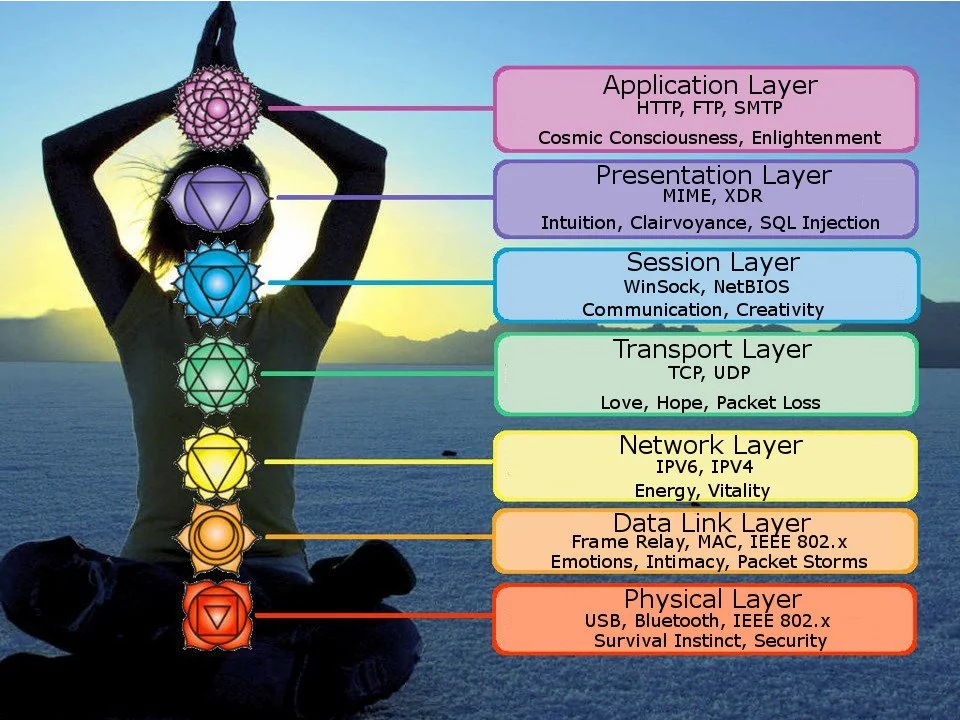OSI Model Overview
 Chaitanya Karmalkar
Chaitanya Karmalkar
OSI Model consists of various layers in it namely Physical Layer, Data Link Layer, Network Layer, Transport Layer, Session Layer, Presentation Layer, Application Layer.
One easy way to remember all the Layers of the OSI Model is to assign them with a sentence personally for me I use the sentence of "Please do not throw sausage pizza away".
The Key elements in each of the layers of the OSI Model are:
Physical Layer: Cables, Topology, Transmission Model, Encoding, LAN Devices, Modulation.
Data Link Layer: Stop and Wait, Go back and Selective Repeat, MAC Protocols, Switching Error Control, Ethernet Flow Control.
Network Layer: IP Addressing, Rating Protocol, IPv4 header, IPv6 header.
Transport Layer: TCP, UDP, Headers.
Session Layer: Data Transfer, Synchronization, Authentication, Authorization.
Presentation Layer: Translate one data format to another.
Application Layer: Transfers the data in user readable format.
We need the OSI Model for proper communication between two different machines or devices.
While OSI Model is a theoretical model the actual model that is being used is the TCP/IP Model.
TCP/IP Model is of both 4 layers and 5 layers depending upon where you are learning about it from though both perform the same function.
Subscribe to my newsletter
Read articles from Chaitanya Karmalkar directly inside your inbox. Subscribe to the newsletter, and don't miss out.
Written by
